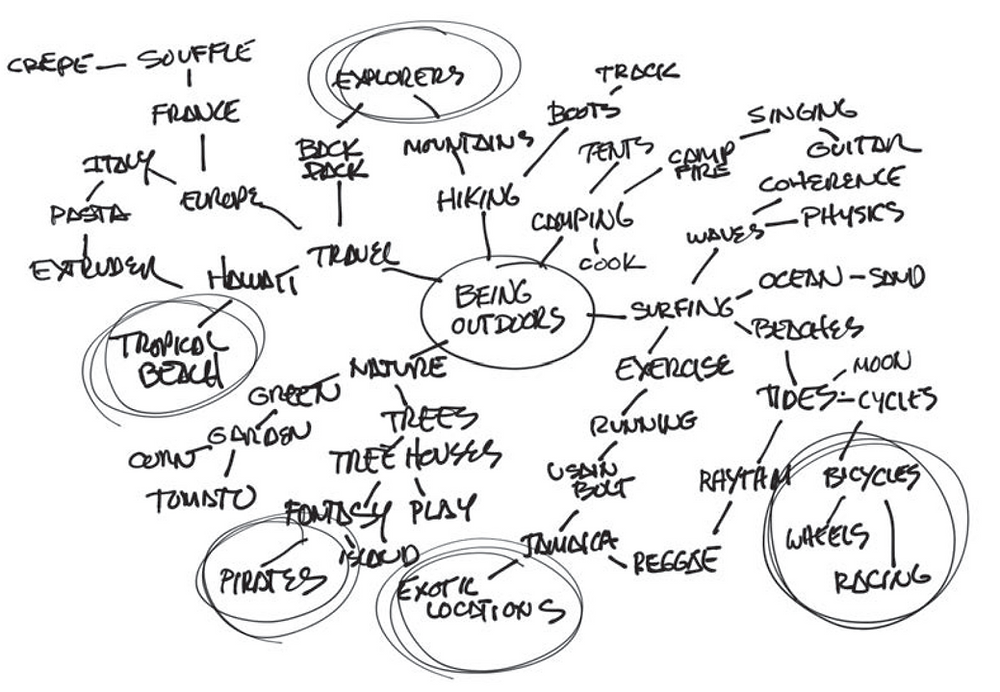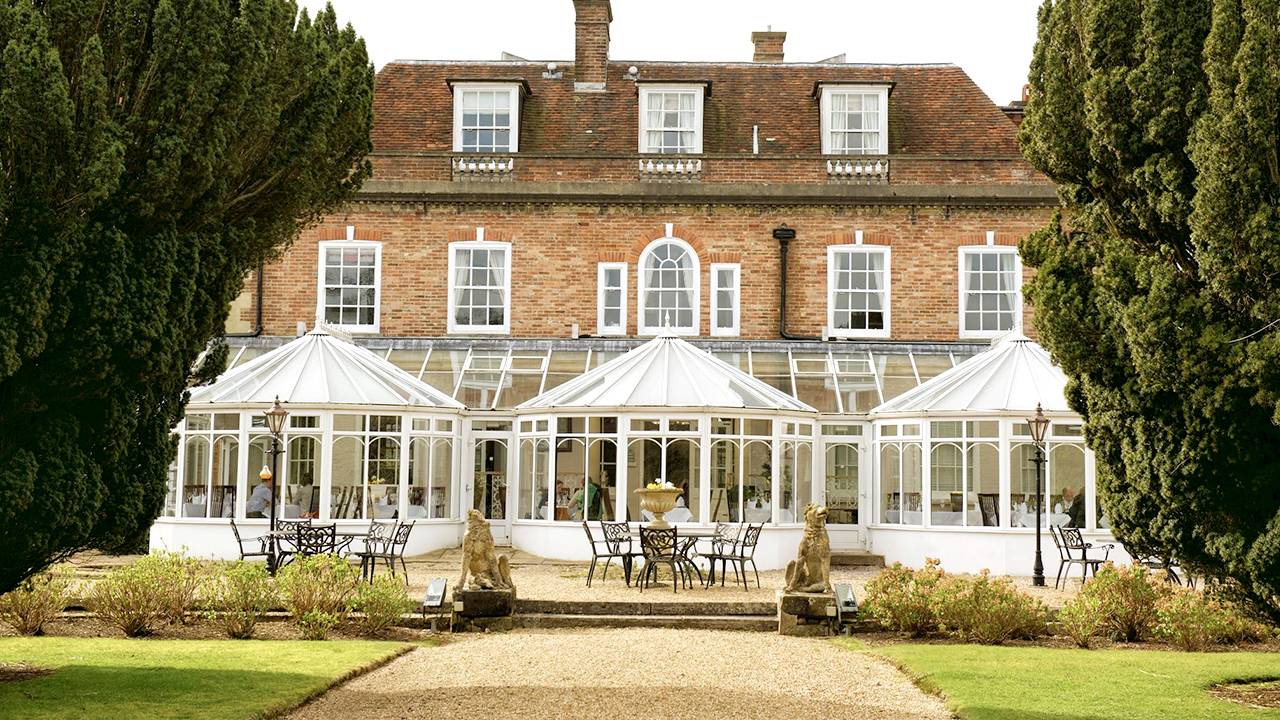Designing Your Good Life: A Practical Guide

Table of Contents
Defining Your Values and Vision
Understanding your core values is the bedrock of designing your good life. These values—your deeply held beliefs about what's important—will guide your decisions and shape your life's direction. Without a clear understanding of your values, it's easy to get sidetracked by external pressures and lose sight of what truly matters. This process of self-discovery is crucial for creating a life of purpose and meaning. Let's explore how to define your values and translate them into a compelling vision for your future.
-
Identify your top 5-10 core values. Consider qualities like family, creativity, learning, health, freedom, adventure, contribution, spirituality, or security. Take time for introspection. What truly matters to you? What principles guide your decisions? Journaling can be a helpful tool here.
-
Visualize your ideal life in 5, 10, and 20 years. Imagine yourself living your best life. What does it look like? Where are you? Who are you with? What are you doing? The more vivid your visualization, the clearer your vision will become.
-
Write a concise vision statement. This statement should encapsulate your aspirations and guide your actions. It should be specific, positive, and inspiring. For example: "To live a life of purpose and fulfillment, surrounded by loving family and friends, while pursuing my passion for [your passion] and making a positive impact on the world."
-
Create a mood board or vision board. Gather images, quotes, and objects that represent your vision. This visual representation can serve as a constant reminder of your goals and aspirations. This tangible representation of your good life design will keep you focused and motivated.
Setting Meaningful Goals and Creating Actionable Steps
Turning your vision into reality requires setting meaningful goals and creating a plan to achieve them. Simply having a vision isn't enough; you need a roadmap. This is where the power of SMART goals comes in. SMART goals are Specific, Measurable, Achievable, Relevant, and Time-bound. They provide a clear framework for tracking progress and staying on track.
-
Break down your overarching vision into smaller, achievable goals. Large, overwhelming goals can be paralyzing. Break them down into smaller, manageable steps that feel less daunting.
-
Use the SMART goal framework. For example, instead of "Get in shape," a SMART goal might be: "Lose 10 pounds by June 1st by exercising 3 times a week and following a healthy eating plan."
-
Develop an action plan with specific steps and deadlines. Outline the exact steps you'll take to achieve each goal, and set realistic deadlines for each step.
-
Prioritize tasks based on importance and urgency. Use methods like the Eisenhower Matrix (urgent/important) to focus your energy on the most impactful tasks. Effective time management is essential for good life design.
-
Track your progress and make adjustments as needed. Regularly review your progress and make adjustments to your plan as necessary. Flexibility is key to achieving your goals.
Cultivating Positive Habits and Routines
Positive habits and routines are the engine that drives progress towards your goals. They create a sense of structure and consistency, allowing you to build momentum and achieve lasting change. This section focuses on incorporating self-care and mindful practices into your daily life.
-
Identify areas where you need improvement. Are you struggling with sleep, exercise, nutrition, stress management, or other areas? Be honest with yourself about your weaknesses.
-
Start small by focusing on one or two habits at a time. Trying to change too much at once can be overwhelming. Focus on small, incremental changes that you can easily sustain.
-
Use habit tracking apps or journals to monitor your progress. Tracking your progress helps you stay motivated and identify areas where you need to adjust your approach.
-
Reward yourself for achieving milestones. Celebrate your successes, no matter how small. This positive reinforcement will help you stay motivated.
-
Practice self-compassion and forgive yourself for setbacks. Setbacks are inevitable. Don't beat yourself up over them; learn from them and move on. Self-compassion is vital for maintaining well-being.
Building Strong Relationships and Community
Strong relationships are crucial for a fulfilling life. Human connection provides support, belonging, and a sense of community. Nurturing your relationships and building a strong support network is an essential aspect of good life design.
-
Nurture existing relationships with family and friends. Make time for the people who matter most to you. Regular communication and quality time are essential.
-
Build new connections through shared interests or activities. Join clubs, volunteer, or take classes to meet new people who share your interests.
-
Seek out mentorship or support groups. Connecting with mentors or others facing similar challenges can provide valuable support and guidance.
-
Practice active listening and empathy in your interactions. Building strong relationships requires genuine connection and understanding.
-
Contribute to your community through volunteering or other activities. Giving back to your community can bring a sense of purpose and fulfillment.
Conclusion
Designing your good life is an ongoing journey, not a destination. By defining your values, setting meaningful goals, cultivating positive habits, and building strong relationships, you can create a life filled with purpose, joy, and fulfillment. Remember, this is your good life—design it intentionally and with consistent effort. Start designing your good life today! Take the first step towards creating the life you've always dreamed of. Don't wait, begin designing your good life now!

Featured Posts
-
 Algorithms Radicalization And Mass Shootings Holding Tech Companies Accountable
May 31, 2025
Algorithms Radicalization And Mass Shootings Holding Tech Companies Accountable
May 31, 2025 -
 Las Mejores Empanadas De Jamon Y Queso Sin Horno
May 31, 2025
Las Mejores Empanadas De Jamon Y Queso Sin Horno
May 31, 2025 -
 Operation Smile Duncan Bannatyne And Familys Humanitarian Efforts In Casablanca
May 31, 2025
Operation Smile Duncan Bannatyne And Familys Humanitarian Efforts In Casablanca
May 31, 2025 -
 The Official Glastonbury Ticket Resale A Case Study
May 31, 2025
The Official Glastonbury Ticket Resale A Case Study
May 31, 2025 -
 Behind The Scenes Of Dragons Den Authenticity And Deception
May 31, 2025
Behind The Scenes Of Dragons Den Authenticity And Deception
May 31, 2025
